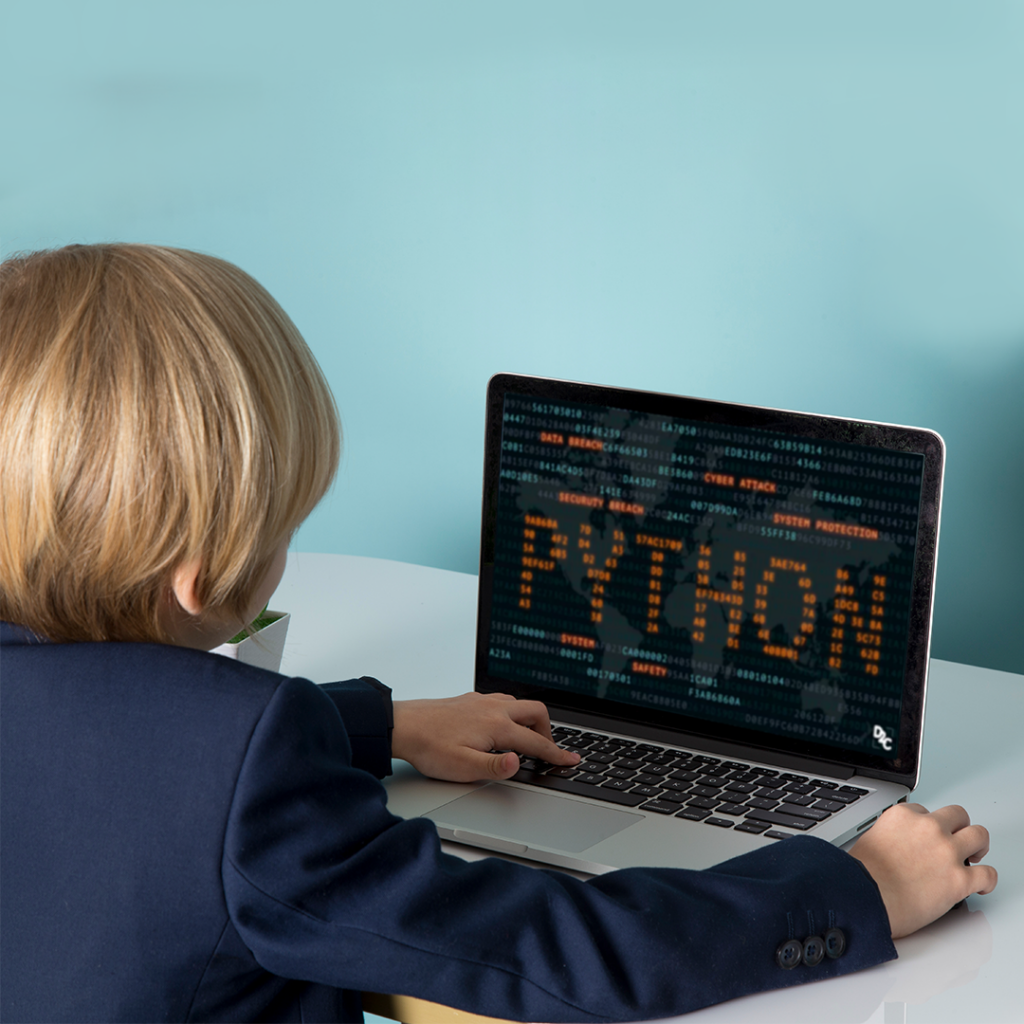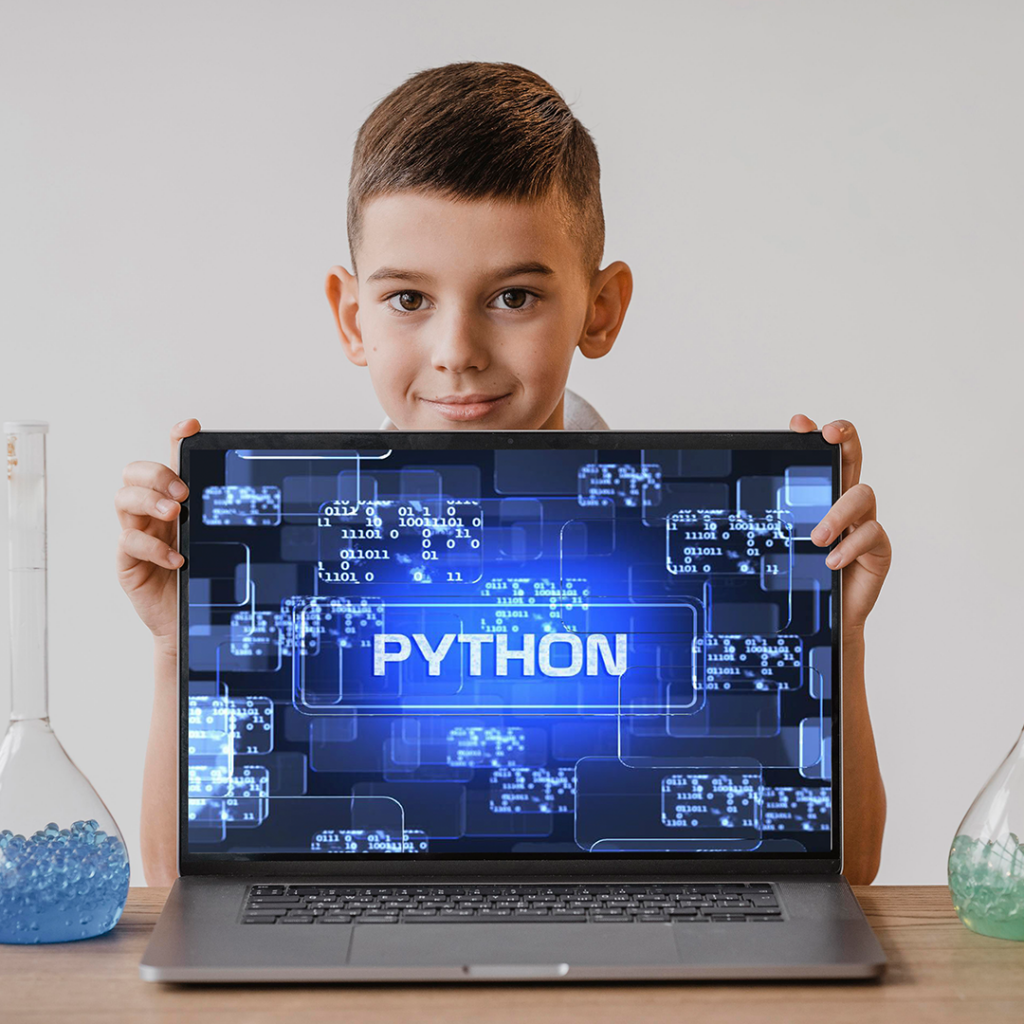Python has advanced in recent years to rank among the programming languages that are most often used globally. It is used in everything, including machine learning, software testing, and website building.
If your child can learn such a popular and versatile language at a young age, he/she can secure a bright future.
Python is a programming language with an uncomplicated syntax that is straightforward, clear, and quick to create.

Python scripts are typically three to five times shorter than Java ones, according to a comparison of the two programming languages. The “.py” extension is used with Python.
Do you know Python can be written in an Integrated Development Environment (IDE), such as PyCharm, NetBeans, or Eclipse?
These IDEs are especially helpful for organizing huge collections of Python files.
Let’s talk about some of the basics of Python that will brush up your knowledge about this user-friendly programming language. We will see how to run a short Python code in the next section.
How to Execute the Python Programming Syntax?
- You can use the command line to directly execute Python syntax:
- Python will most likely be pre-installed on PCs.
- You can search for Python at the start.
- To check if Python is installed, open the Start menu on a Windows computer or use the command line (cmd.exe). there.
- Search for Python in the start menu of a Windows computer or use the command line (cmd.exe) to see if Python is installed there:
C:\Users\My Name>
python –version
If Python is not already installed on your computer, you can get it for free by visiting the link below:
print(“Hello, Tinkerly!”)

Let’s take another example of Built-in math functions.
The lowest and highest values in an iterable can be found using the min() and max() functions, respectively:
x = min(9, 15, 45)
y = max(7, 10, 55)
print(x)
print(y)

What are the features of Python programming?
- Easy to Grasp: The learner can swiftly pick up the Python language as it is easy to learn and has a concise syntax, a straightforward structure, and minimal keywords. It is open-source.
- Consists of a large library: Python has a sizable standard library that is particularly portable and compatible with UNIX, Windows, and Macintosh systems. Python has strong development libraries for AI, ML, and other topics.
- Supports GUI Programming: Python makes it easier to create and port GUI programs to a variety of system calls, libraries, and Windows-based operating systems, including Windows MFC, Macintosh, and the Unix X Windows system.

- Easy Integration with Other Programming Languages: Python is simple to integrate with Java, C, C++, COM, ActiveX, and CORBA
- Python is a Great Language for Novice Coders: Python is a fantastic language for newbie programmers as it makes it easy to create a wide range of apps, such as basic text editors, web browsers, and games.
- Python is an Interpreted Language: Python is processed by the interpreter as it is used. It is not necessary to build your software code before running it. Prototyping can progress swiftly as a result. Python can be used to create software that is ready for production or for quick prototyping because of this.
- Offers Good Database Connectivity: Database systems are connectable with Python. The coder can also read and modify the files by using the Python programming language.
Summing Up!
Learning Python is the greatest place to begin if you’re just getting started with
programming because of its simple syntax. If you want your child to get a taste of python programming, then choose Tinkerly’s online coding courses for kids!
 1381
1381



